Quality practice CHECKLIST | PARENT Rubric
Have your child read their weekly assignment out loud before each practice (or read it out loud to them if they cannot read yet).
LOTS OF COUNTING OUT LOUD
TEMPO: You should hear mostly slow practice, perhaps occasional moderate speeds at times. Fast tempos are not productive, and fast speeds should not be used unless it is written in the assignment.
METRONOME: Should always be in use. I assign tempo speeds usually, but there are times that I do not. In which case, it is still expected that the students always use a steady tick, and they should use the metronome frequently to accomplish this.
DYNAMICS & ARTISTRY: Listen for a variety of volumes, from soft to loud with precise and gradual contrasts. You can ask them what story or word their song reminds them of to help get their creative juices flowing as they practice creating music with unique and fun personalities & textures.
PRACTICE STRUCTURE:
Starting with rhythm exercises by clapping and counting out loud with the metronome, is always a good starting point. Rhythm coordination should be strengthened daily.
This should be followed by finger warmups, like scales, chords, or other technique exercises that have been assigned. Sight-reading is another great way to get your piano brain and fingers warmed up.
Two-three pieces are to be worked on in 1 week, in no specific order usually; a good practice session should have small sections from each piece that are drilled and perfected. Refraining from simply playing from the beginning to the end back to back, as that is the least productive practice approach (doesn’t apply to early beginners).
DURING PRACTICE, LOOK FOR:
GOOD POSTURE, sitting on the bottom bones with a very straight back and low relaxed shoulder. When placing the hands on the piano, the elbows should be at the same level as the keyboard.
WRIST should always be at the same level as arms and should not fall below the soundboard. Think, “up-ward wrist.”
ROUNDED HANDS with CURVED AND FIRM FINGERTIPS like there is a bubble in his/her hand, or as if they are holding a ball; playing on the fingertip, not fingerprints, without any collapsing in the finger joints.
EYES ON THE MUSIC during section work. While playing, the student’s eyes should be on the music as much as possible, working hard to not stare down at the hands. Fingers can then learn to gauge the distance of keys by touch, without relying on looking at the keys.
